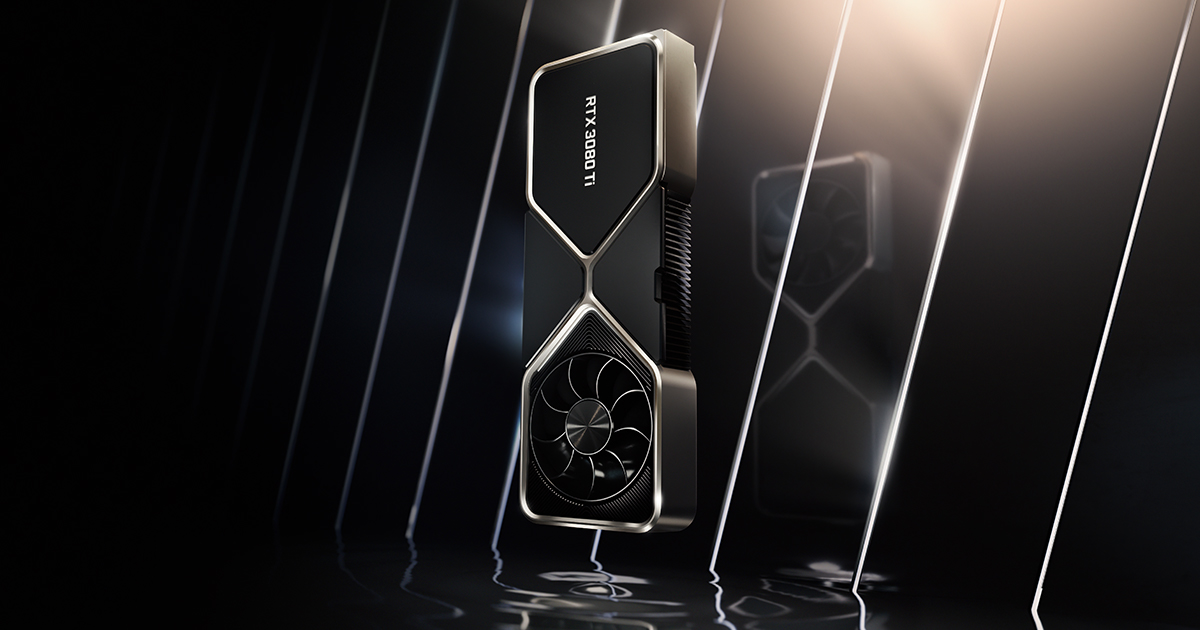I mean, how can anyone even take them seriously if they don’t know what TLB stands for?
In their defence, they are not computer people. They are photographers; Well at least Max is. Not actually sure what Vadim did before the channel. But Max is a photographer who published a video or two on his new Macs abilities in editing software after having made many videos on camera gear (how I first found him) and those videos blew up so much that his videos reporting on tech stuff became their primary focus. They're not journalists or computer people. They are charistmatic and found that charisma gave them an audience reporting tech stuff and tried to learn on the job. They still have some bad reporting that I won't try and justify, including this TLB stuff, but also just over-hype and unfounded critiques with ludicrous amounts of hyperbole, but I can also empathise with trying to appeal to what generates income.
First of all, Max Tech rambling about TLB makes no sense at all. I do t think he understands what TLB is. Also, 32MB TLB is entirely stupid to begin with. Nobody has TLB that big. It wouldn’t be practical either.
Well, I'm glad to be validated that it's indeed bollocks. I thought so too but wanted to check and make sure. And I'm absolutely certain he doesn't know what a TLB is

- And yeah if that's the actual size it seems rather insane so I also don't think it is. When I did the math I was just "playing along" to try and show why my perception was that it was ludicrous and potentially be corrected if I had missed something.
- page size is 16KB, not 64KB
My bad, you're right. I remembered it wasn't 4K like on Intel and just did a quick Google "ARM page size". Obviously it's flexible and can be set to many different things but I saw 64k as one of the first results and thought "That sounds about like what I remember", but you're right, it's 16K.
- „32MB TLB“ likely refers to the TLB reach, that is, 2048 entries a 16KB. No idea where he got these numbers, but it’s a fairly normal (even large) TLB size from what I understand
- there is no evidence whatsoever that M1 has any problem with the TLB
Yeah. As I also mentioned it seemed odd to me to specify TLB size in MB rather than entries. But yeah that seems more reasonable like that.
Max tech have been told this TLB stuff is nonsense multiple times. They keep saying it nonetheless.
I believe they were told something by a dev on Twitter called “hishnash”. He’s a good guy, and is knowledgeable. I think he’s just too polite to say that they misunderstood him!
I've left a few comments on prior videos of his asking for justification and elaboration on his claims explaining why they seem unfounded to me. He probably gets a lot of messages to a point where it's fair if he hasn't seen the criticisms on the TLB bollocks, but it certainly is a claim that he shouldn't keep making.
Yes, that's the name. Hishnash. I've only seen some of the screencaps of MaxTech's posts, but there was one I saw where they quoted Hishnash by name, and everything inside the quote made sense, talking about the GPU not reordering things in the same way a CPU does so memory stalls being more impactful and such. And then Max Tech's interpretation surrounding the quote extrapolated a bit too much from it


